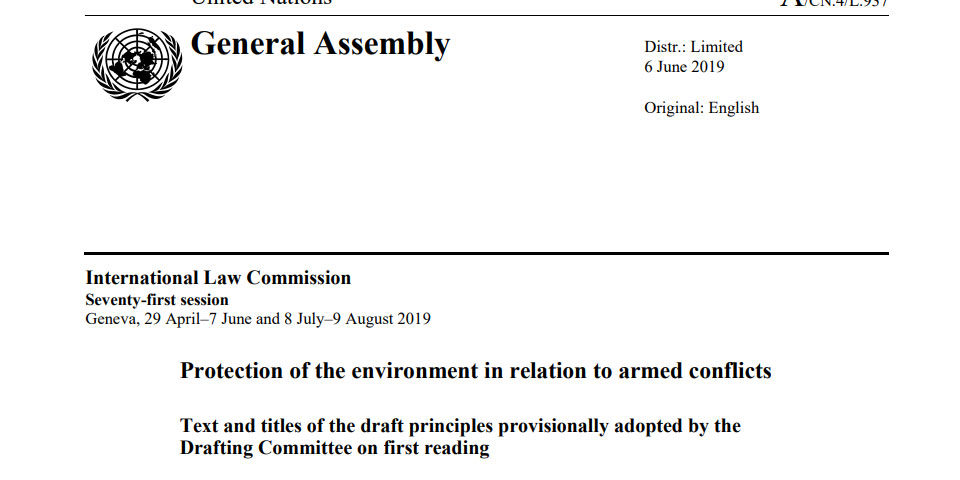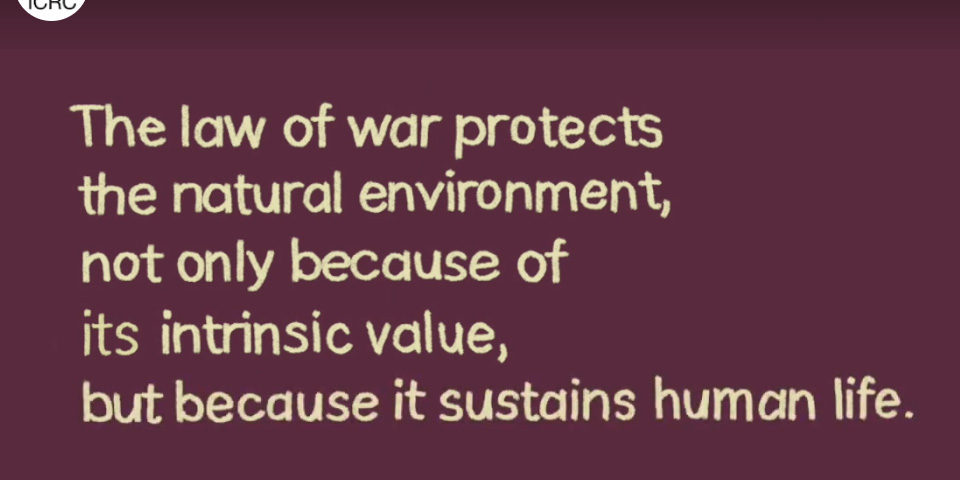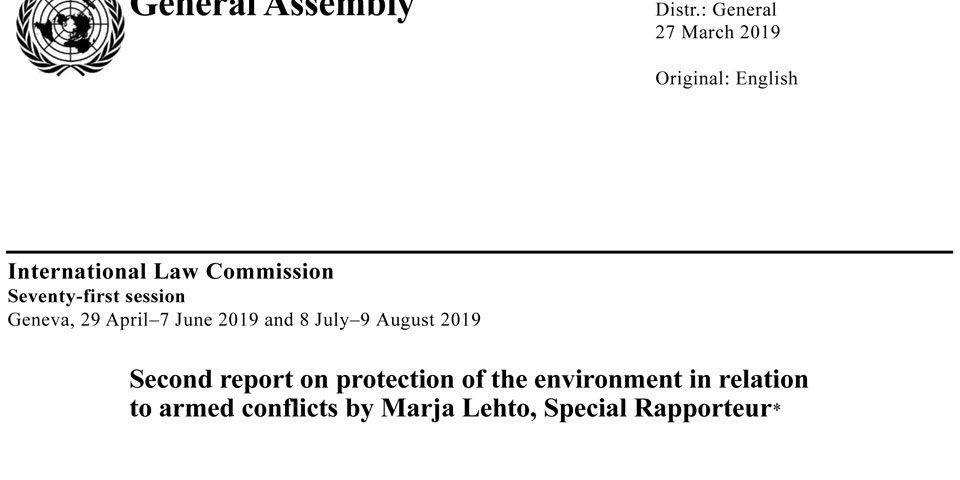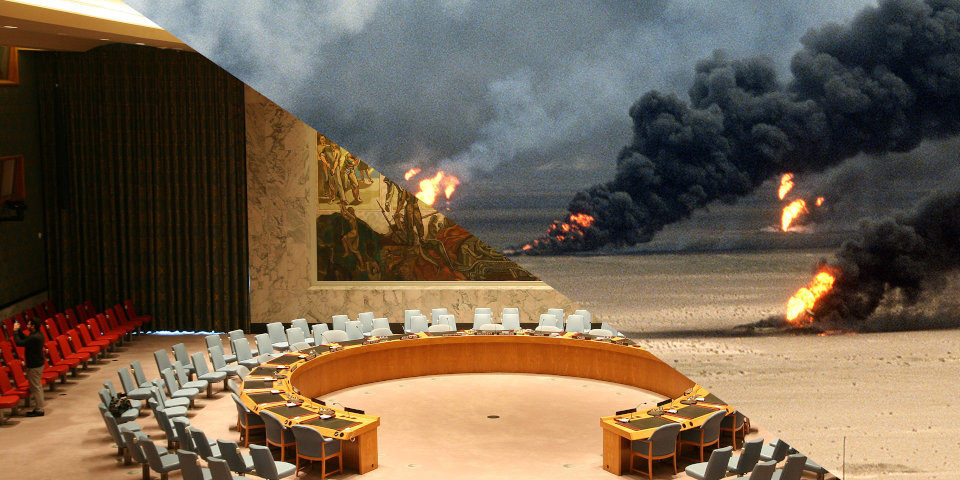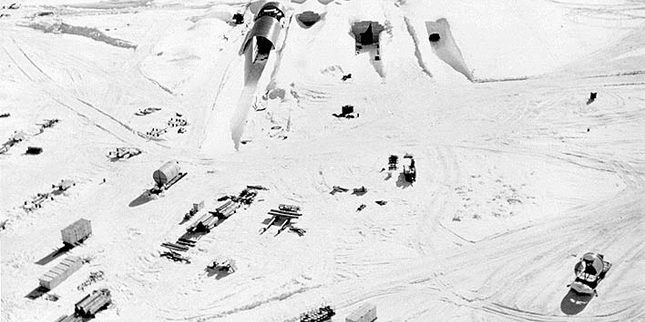ILC | Text and titles of the draft principles provisionally adopted by the Drafting Committee on first reading
First look at the entire suite of draft legal principles that have been under development by the International Law Commission since 2013 and which are intended to enhance protection for the environment in relation to armed conflicts.

